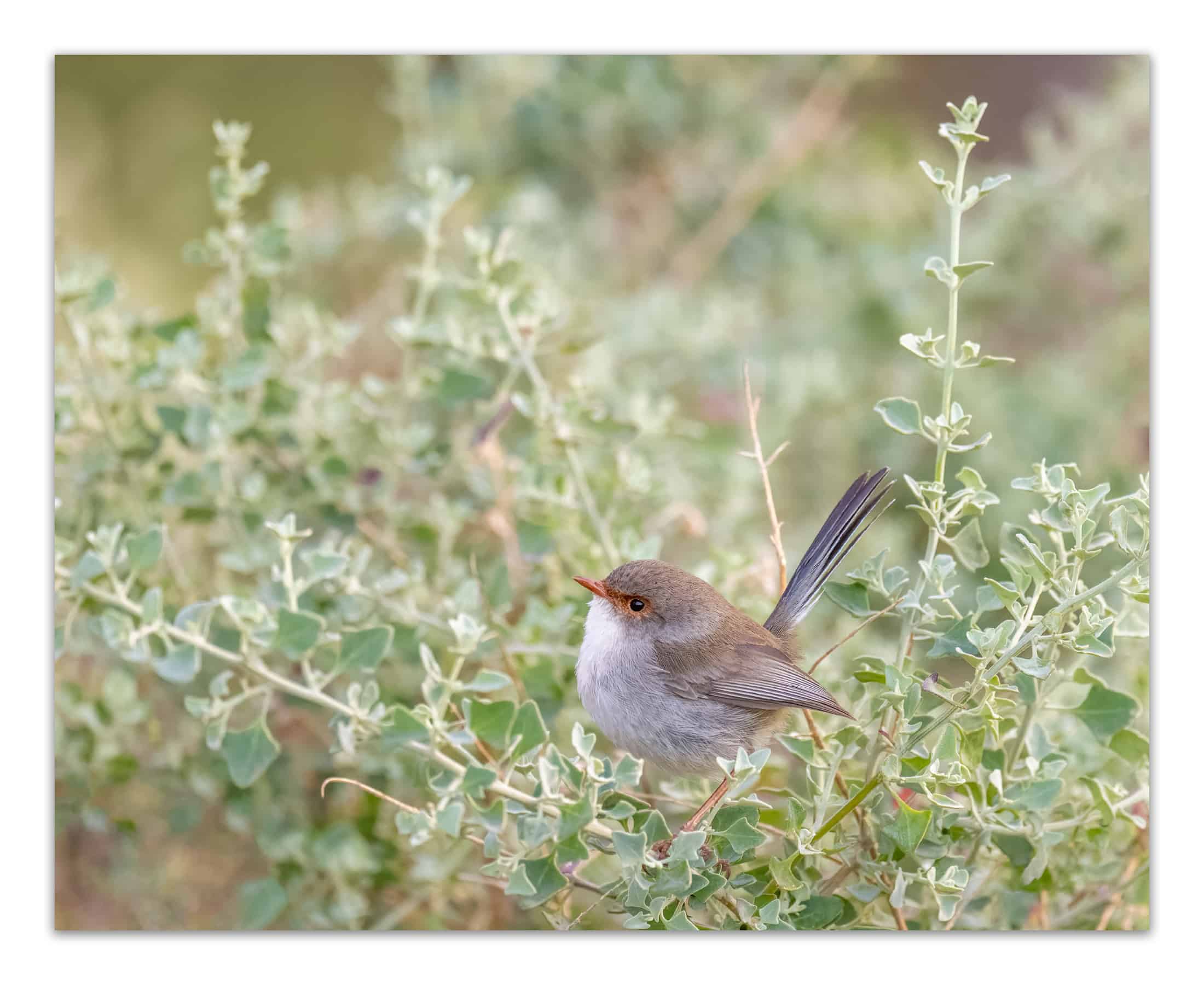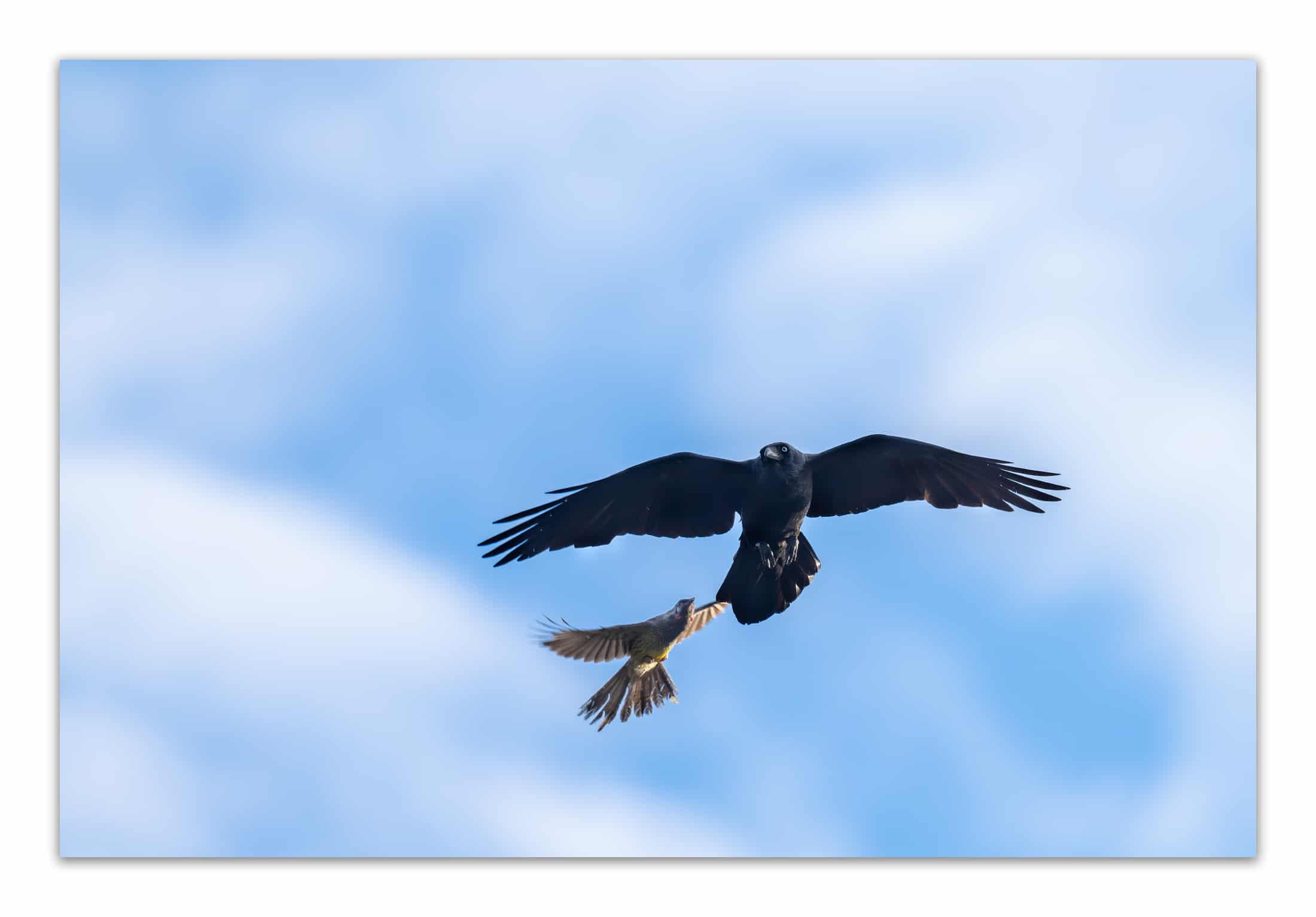Nikon Z7II for Wildlife Photography
Since this article was first written, Nikon have released the Nikon Z8 and Nikon Z9 cameras that have features much more suited to wildlife photography. Those cameras do however come with a large price premium over the Nikon Z7II. The information in this article is still relevant in regards to the Z7II for those looking to use it as a wildlife camera.
Yesterday I took delivery of a brand new Nikon Z7II. I bought it with the intention of using it as my primary landscape camera, replacing my ageing D750. It is my first mirrorless camera and I will be pairing it with my trusty Nikon D500 which will (probably) remain my primary camera for fast action photography.
However, thanks the the ongoing lockdowns in Melbourne due to COVID-19, I can’t really travel to any nice landscape locations at the moment. I decided to do something crazy and attach my 500mm lens and go for a walk in the park looking for birds.
If you’re reading this, I’m sure you’ve seen the numerous YouTube videos and online reviews that say that the Nikon Z6/Z7 cameras are useless for birds and wildlife photography due to a mediocre (compared to the competition) autofocus system.
Below are my random thoughts, in no particular order, about using the Nikon Z7 II for wildlife photography.

Camera Feel
When I first unboxed the Z7II I was shocked by how small it was. I knew it was smaller than the DSLR bodies I am used to, but this thing is tiny in comparison. To my relief though, it feels very solid and sturdy.
With the FTZ converter and my smaller lenses (20mm f/1.8, 85mm f/1.8, 70-200mm f/4) attached, the smaller size still feels quite good in the hand. My pinkie does hang below the grip, but rests comfortably underneath the camera and the package feels well balanced in the hands.
I’ve got a SmallRig L-bracket on the way which should give the body slightly more height and will give my finger somewhere to rest, along with helping with vertical, tripod mounted landscape shots.
However, with the 500mm attached I much prefer the larger bodies of my DSLR. The smaller Z7II is dwarfed by the larger lenses and it feels too small and unbalanced. If I end up using the Z7II with long lenses with any great frequency I’ll look to invest in the Nikon MB-11 grip amazon link. I use grips on my DSLRs as well when using long lenses so it isn’t really a surprise that the smaller body feels a little wrong with the heavy lenses attached.
Teleconverters
I’ve never really been satisfied with adding the 1.4x TC to my 500mm f/5.6 lens amazon link. The maximum aperture is f/8 and even with good light the autofocus is sluggish, not very accurate and is prone to hunt around with my D500. My keeper rate was always rubbish so I would tend not to use it.
My initial shots using the Z7II were much more positive. Autofocus didn’t seem to suffer at all in the strong light I tried and focus was spot on with very little hunting. Sharpness of the photos was also excellent.
Even in some low-ish light conditions, with a fairly low contrast subject and busy surroundings, the Z7II with 500mm + 1.4x TC did a pretty good job of finding it’s target. The image below was taken at 1/1000s, f/8.0 and ISO 5600 – not dark, but certainly low enough light that the D500 would struggle with the same setup.

Frame Rate
The ‘normal’ maximum frame rate of the Z7II is 5.5 frames per second. Well behind the 10 fps of the D500. However the Z7II can also do 10 fps with a rather large (for a shooting action) caveat. Instead of showing the normal view in the viewfinder, it will show you a slideshow of the photos as you’re taking them – which means it lags behind the real world by at least 1/10 of a second.
When shooting at 10 fps with a relatively static subject, say a wren that you’re trying to capture in the throws of a song, or a duck flapping it’s wings while sat on the water, the laggy viewfinder doesn’t present too much of an issue.
Autofocus
So far so good. It is certainly very accurate and hasn’t missed a beat so far. I haven’t tried it with birds in flight yet though, apart from the grab-shot below:

More To Come…
I will keep adding to this page over the next few weeks / months as time, weather and lockdowns allow. Stay tuned.